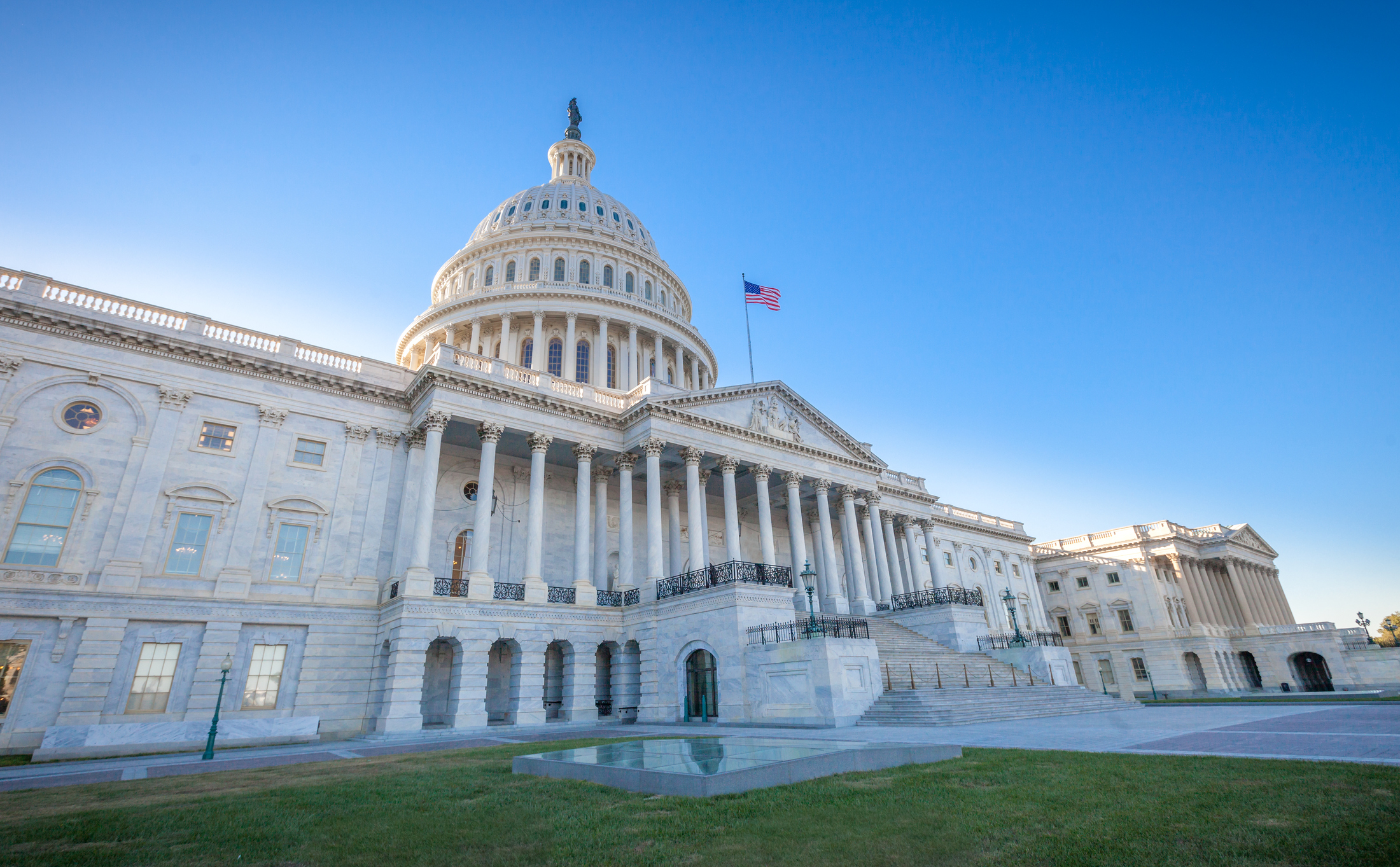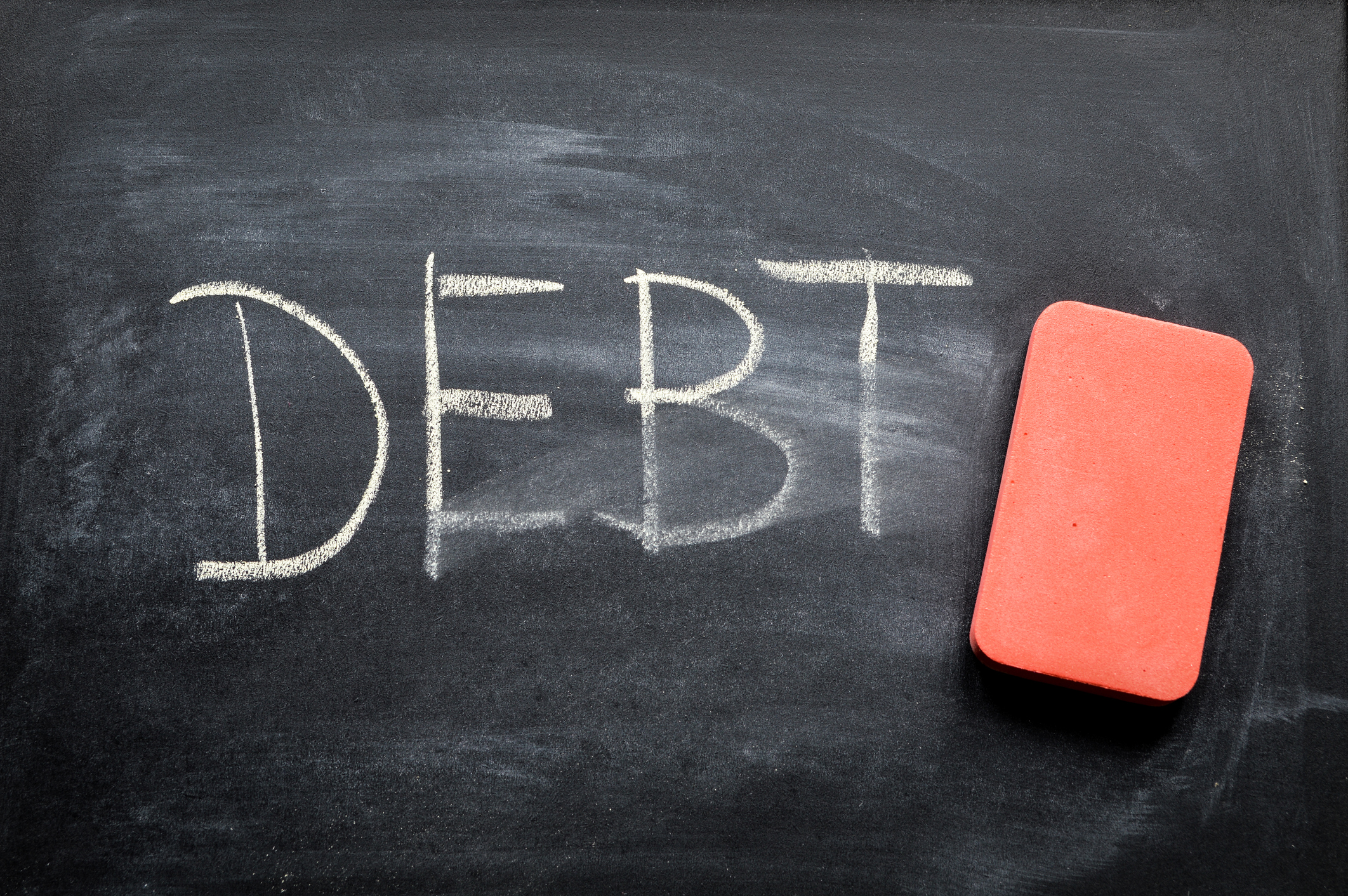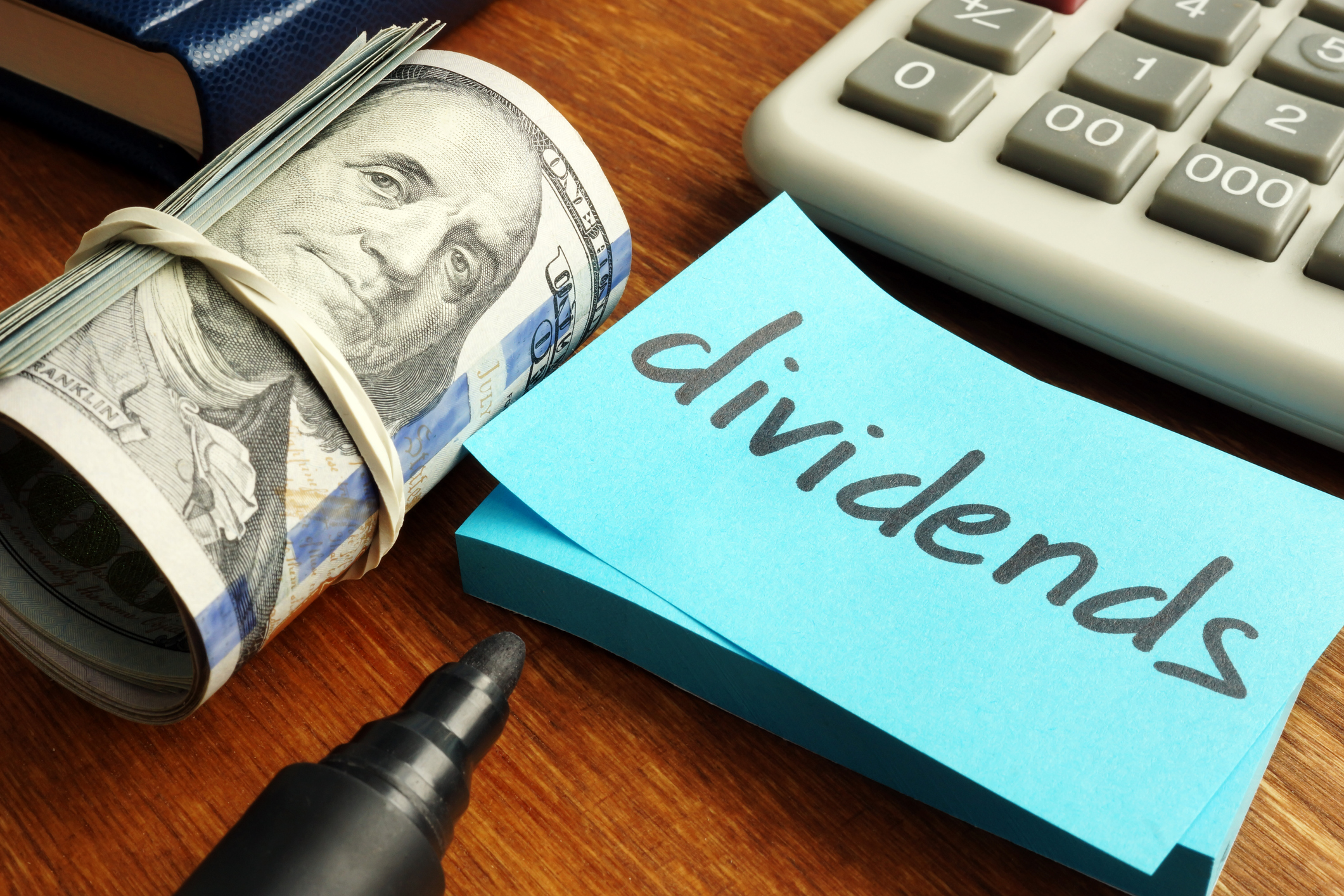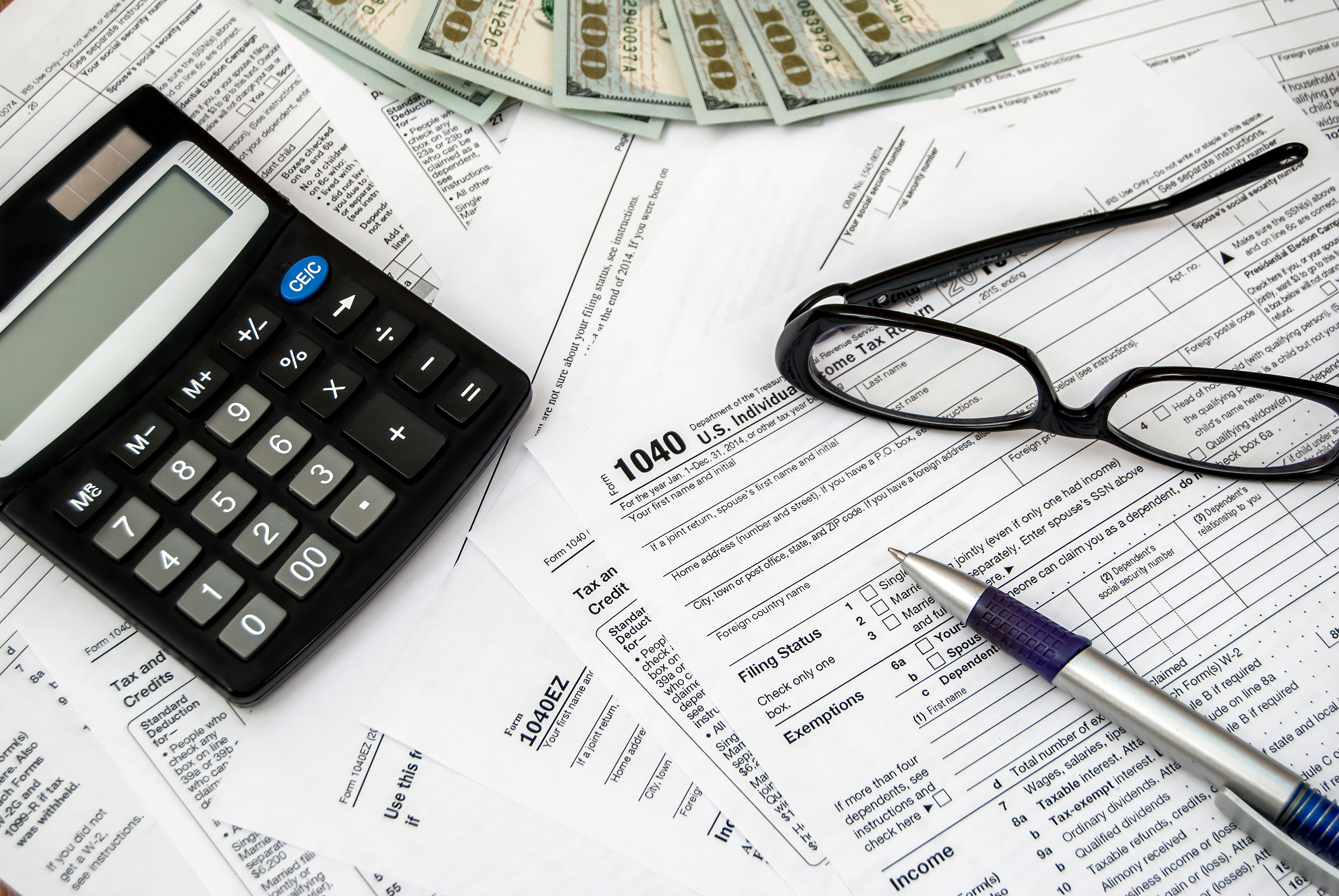After the rapid inflation of the last several years, pretty much everyone has had a little fantasy of prices going back to where they were pre-COVID-19. Unfortunately, if that were to happen, it wouldn't be great -- it would be deflation. Let's discuss what that means and why it's a less-than-ideal solution to rising prices.

What is deflation?
Inflation is when prices rise over time, reducing how far your money will go and creating financial burdens for people who were on the cusp to begin with. So, deflation, then, is when prices drop over time, making money go further -- at least initially.
Over time, deflation creates more problems than it solves, as it can also lead to consumers hoarding money, create deflationary spirals, or even bring about an out-and-out recession. Neither of these things is good in the long term since everything will drop, including wages, and often at uneven rates.
Causes of deflation
There are many causes of deflation, but the two most common in a supply-and-demand economy are excess supply and a drop in demand. Put another way, if there are too many goods being produced that no one wants, their prices may drop, bringing prices down across the board if it becomes a widespread problem.
The other major cause is a decrease in aggregate demand, which can be caused by things like reduced government spending, significant drops in the stock market, tighter monetary policies that include increased interest rates, and widespread increases in consumer savings.
When deflation exists in just one sector of the economy or for a single industry, it's not really a big deal and is more likely to be referred to as a "correction." But when deflation starts to spread to most industries and most segments of the economy, we all should worry.
Effects of deflation
As the prices of and demand for consumer goods and services drop, other demand starts to drop -- for instance, the demand of investors for investments. This pushes prices down even further for all kinds of assets, including stocks, bonds, real estate, and even futures contracts.
If deflation continues for very long, the bottom lines of a widespread group of companies will start to suffer, which can then cause companies to spend less money on production costs, including workers' wages and the upkeep of facilities. Jobs are lost -- sometimes in very large numbers, creating significant unemployment -- and factories are shuttered.
Under these conditions, people don't spend their money on things they don't absolutely need because they have no idea what their future looks like. A glut of savings may mean lower interest rates on savings accounts, which can drop to close to zero since banks won't be making as many loans and won't be able to pay as much interest.
Related investing topics
Why does deflation matter to investors?
A little bit of deflation limited to a few industries at any given time is actually pretty normal and no reason for panic. But when deflation spreads across industries to the wider economy, it's time for investors to keep a clear head. Your stock values may plummet, and public companies may even go out of business, depending on how serious the shockwaves are. Recessions can occur.
Until consumers and businesses feel comfortable spending again, it may feel like your investments are slowly circling the drain, but this is when a long-term time horizon matters the most. Continue to watch your investments in case of serious warning signs that a business may be in real trouble, but steady as she goes is the name of the game.
For solid companies you know will be able to make it through due to good financial management and significant assets and savings, deflationary periods that lead to bear markets may be opportunities to pick up more shares of your favorite stocks at a discount. There's no way to time the market, so you'll never know when the bottom comes until it's over. But a discount is a discount, and who doesn't like a bargain?



















